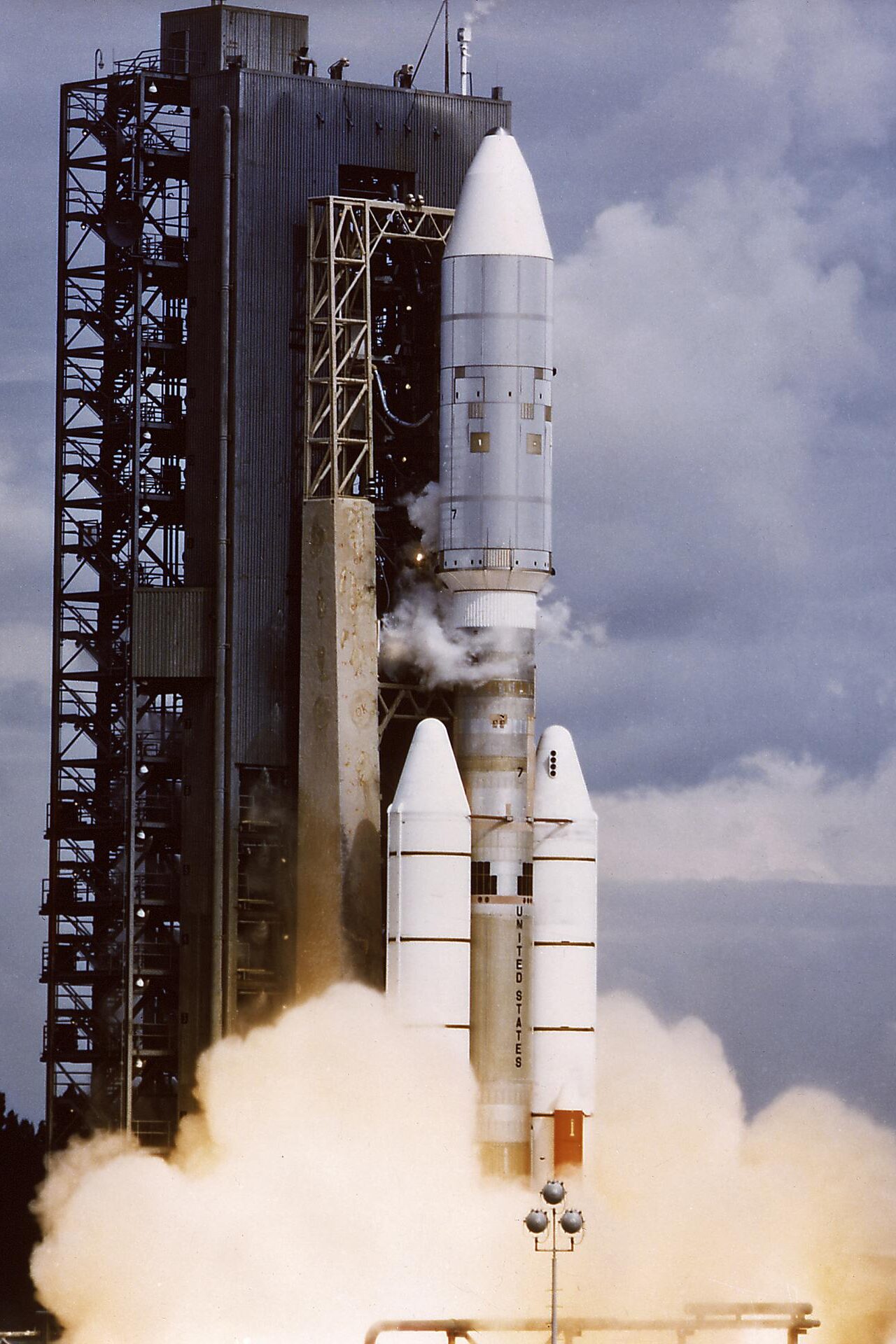Celebrating Tidbinbilla

Fred Watson
Fred Watson

I’m often asked about the space probes that are leaving the solar system, never to return. There are five of them: Pioneer 10 and 11 and Voyager 1 and 2 – all launched in the 1970s – and New Horizons, which began its journey to Pluto and beyond in 2006.
These tokens of humanity are extraordinary because they’ll probably outlast the species that created them, and perhaps even our planet. Space is so empty they could travel billions of years unimpeded by a collision or capture into orbit around another star.
All these missions were outstandingly successful in their quest to explore the solar system’s outer reaches, and all but the two Pioneers still actively communicate with Earth. Their signals are received and transmitted via NASA’s Deep Space Network (DSN), along with those for the many other interplanetary missions the space agency supports.

Cleverly, the DSN consists of three ground stations separated almost equally in longitude to maximise the likelihood of any given spacecraft being visible from at least one of them. They’re located in California, in Spain, and at Tidbinbilla in the Australian Capital Territory.
Formally known as the Canberra Deep Space Communication Complex, the Tidbinbilla facility is managed by CSIRO for NASA and has a particularly important role in the DSN’s operations. Its dish is the only facility on Earth capable of communicating with Voyager 2 as it leaves the solar system at a speed of 15 kilometres per second (km/s).
The craft isn’t the fastest or the most distant of the departing quintet – that honour belongs to Voyager 1 with a speed of 17km/s and a distance of 25 billion kilometres from Earth (compared with 21 billion for Voyager 2). But with Voyager 2’s trajectory lying almost 60° below Earth’s equator, it’s too far south to be accessed by the other two DSN telescopes. Tidbinbilla is the vital link.
For 60 years, Tidbinbilla has been playing its part in the DSN’s activities, and it has supported hundreds of space missions. Opened in March 1965, it was once one of three tracking stations in the ACT; the others, at Orroral Valley and Honeysuckle Creek (famous for its role in NASA’s Apollo Moon missions), were closed in the 1980s.
As Tidbinbilla celebrates its 60th birthday this year, we can proudly reflect on its past achievements and look forward to a bright future of interplanetary communications.

